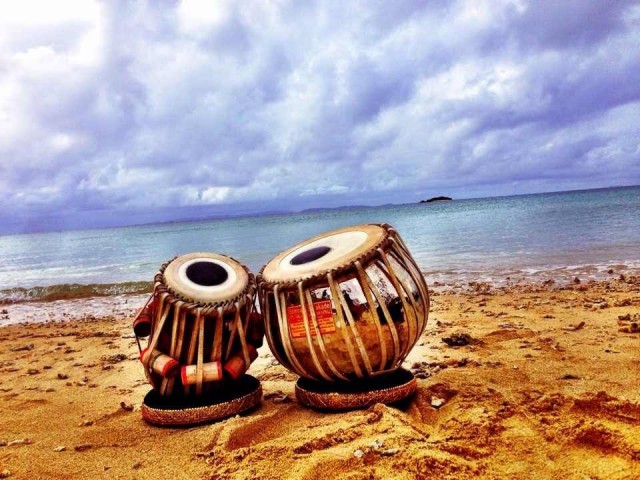Haiku by Yuri Kageyama
a blue plastic bag
so hard so still no more
Tokyo train tracks
in my deathly dreams
your sweet breath, fat knees, wet hands
a child forever
timeless tweet timeline
scroll blindly touch-panel light
mumbles of loneliness
I wrote these recently, the last one just a few seconds ago.
The first one is about the body bags that we see lying by the railroad tracks because a fair number of Japanese people commit suicide by flinging themselves in front of commuter trains.
It is stunning how the bags have an eerily impersonal color, and they are motionless and rigid.
But you can tell for some reason that it is a body in there, nothing else.
There is nothing that we can do as witnesses except to pray.
The body bags are a constant reminder of the otherworldly closeness of death amid the mundane like riding the commuter train to work.
They seem to increase during the winter months _ maybe because cold is more depressing than warm, especially if you are feeling down, and maybe because the year-end and New Year’s holiday season comes as a stark reminder of how extremely alone a lonely person really is.
My third poem is about Twitter, which I do quite actively because it is encouraged on my job.
I see how people want to connect to others, not just the people they know in real life, but to others they will never meet.
It’s called networking, and it shows how the world is a small place in this rapidly globalizing age.
As the world turns, the iPhone touch-panel whirls under your fingertips as you scroll the Twitter timeline, showing comments from all over the world, mostly about nothing, and photos of dinners and lunches and sunsets and pets.
It is a cool technology and a convenient tool.
But it is also about how people are alone but can’t stand to be by themselves.
People are lonely.
The poem in-between is about my recurring dreams, where my son, who is fully grown in his 20s, is still a toddler.
My little boy.
I wake up, looking for him, almost panicked, wondering if he is OK, and then I am relieved there is no need to worry.
It is just a dream.
I have always believed death would be like a dream, except you never wake up.
And so I realize these dreams are a reminder that I am still always reliving motherhood, though I am just growing older and getting closer to death.
I’m reliving that moment of motherhood, with my son being that eternal child, and death will not be an end at all but a recurring dream.
I feel as though I am going backward in time.
Life has no beginning or end.
Death is just a string of pockets of different dreamlike moments, in no particular order, in and out, falling and flying and rising, being lost in a blurry faraway dream.
Previous Haiku by Yuri Kageyama.
